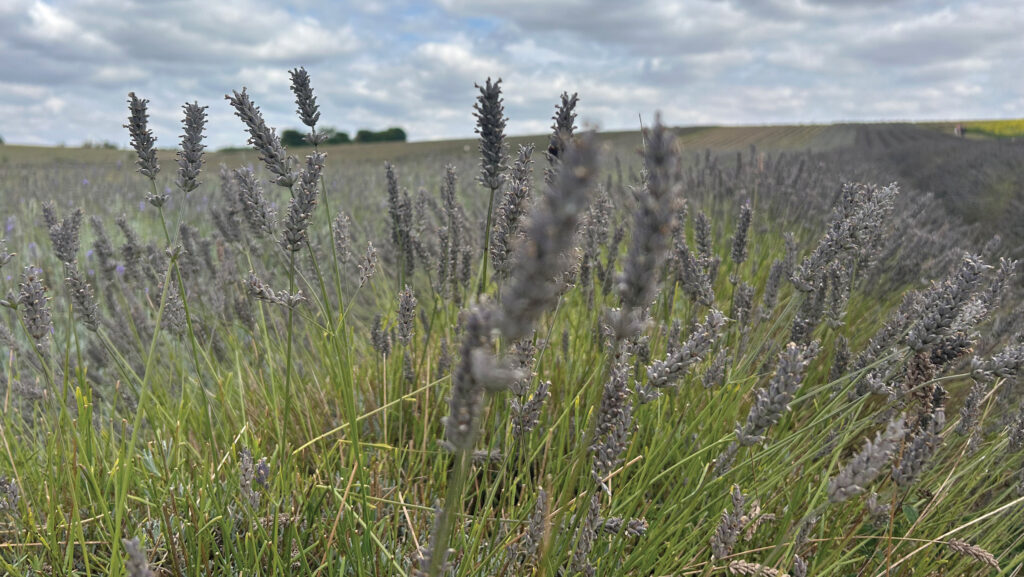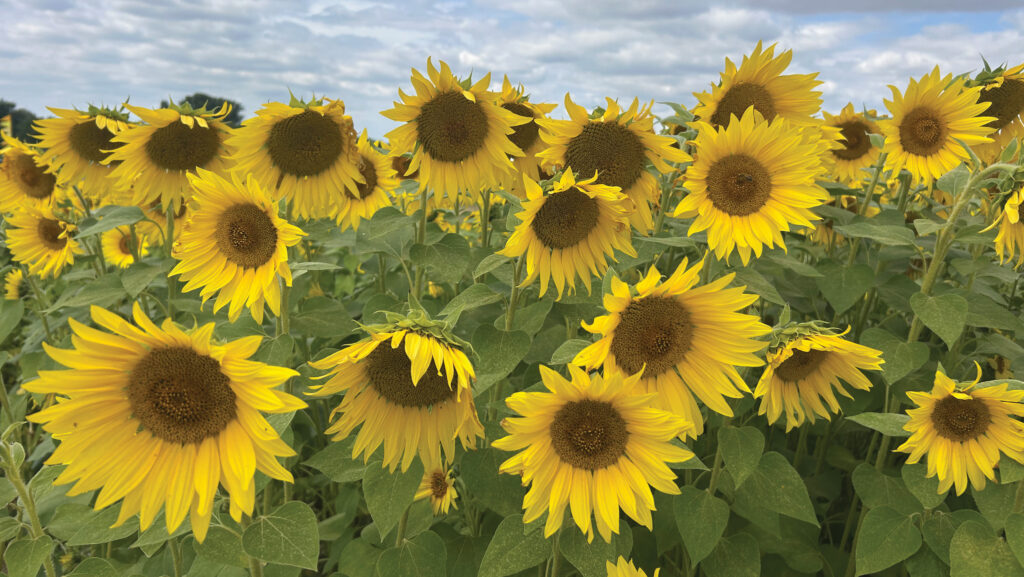Lavender diversification finds success as tourist attraction
 © Lois King
© Lois King Cadwell Farm began growing lavender 25 years ago, when the Hunter family wanted to bring what was a historically grown crop back to the area.
Tim Hunter, managing director of Hitchin Lavender, says the family initially introduced the crop as a hobby and had no intention for it to be the tourist attraction it has now become.
Today, Tim and his wife Noel grow 16ha of lavender, along with two full-time members of staff on the farm.
See also: Herts grower shares experience with Johnson-Su bioreactor
The lavender is now primarily grown as a paid tourist attraction.
The crop is still harvested and its oil extracted to produce a range of homeware and toiletry products, which are sold online and in their seasonal on-site shop.
The lavender business is run separately to the arable area, which is farmed by contractors with crops including winter wheat and oats.
Diversification at a glance
- 100ha of the farm is contracted out with arable crops including wheat and oats
- 16ha lavender originally introduced in 2000
- The oil is used to produce a range of homeware and toiletries products, which are sold on site
- 4ha of sunflowers grown as a pick your own attraction
- Also have an on-site café and gift shop
- Pumpkin patch in the autumn
Oil production
Folgate, Hidcote and Grosso are the three main varieties grown due to their bright colours, high oil content and the times of season which they are in flower.
This is important, due to its primary function as a tourist attraction.
Peak season for lavender oil content usually occurs during mid-July. Therefore, 10ha of the crop is harvested during this period.
The remaining 6ha is left as an attraction for the public to visit and is harvested gradually throughout August.
Hitchin Lavender has about 300,000 plants on the farm, which equates to 18,750/ha with plant spacings dependent on the size of the plants.
The lavender is harvested using a specialist made machine which cuts and collects the lavender into a bag whilst providing another attraction for visitors to see.
The farm distills all the oil on-site using steam distillation. Steam passes through harvested lavender, releasing essential oils.
The vapour condenses into a liquid, separating the oil from lavender-scented water. The oil is then collected and filtered into a product.
Tim says the lavender is best distilled fresh as it produces a higher oil content of around 1-3% of weight a kg.
Marketing
Some of the oil is bottled and sold directly to consumers to help with relaxation and improving sleep.
The remaining oil is sent to a manufacturer where they use it to make a range of products including candles, soaps, hand creams and room sprays.
The family also make dried products on-site including eye pillows and wheat bags.
Growing the crop
Lavender is a perennial crop and is replanted every four to five years. It requires careful weed management which is labour and cost-intensive.
Tim avoids putting plastic sheeting over the lavender as it requires additional equipment and ruins the aesthetic of the plant.
Therefore, they constantly monitor for weeds and hand weed where required throughout the season.
The crop is planted in rotation where certain areas are left for a year to fallow which are then sprayed off to help weed control.
The future
This year has been one of the toughest seasons for Hitchin Lavender, explains Tim due to a decline in visitor numbers.
“The attraction peaked in the pandemic, but we’ve had a 30-40% decline in visitors this year compared to last, and I put that down to the overpopulated market, dry weather and economic pressure,” says Tim.
“Lavender thrives off hot and dry weather, this year it flowered two to three weeks early. This is not ideal for us as we like to time it with the school holidays, which is our busiest period,” says Tim.
As Tim looks towards next year, he is trying to think outside the box on ways in which he can diversify to increase his revenue further.
Sunflowers

© Lois King
Hitchin Lavender also began growing sunflowers 15 years ago to co-inside with the lavender attraction and help draw visitors in to the business.
However, since Covid it has become an overpopulated market and Tim’s business has been hit by this. “There are now at least 10 pop-up sunflower farms within a 10 mile radius of us.”
The sunflowers are direct drilled in early May and are very low maintenance and easy to grow.
“The crops have experienced some stunted growth this year, but yields have been fairly good,” says Tim.
The sunflowers are grown as an attraction and then left for wildlife before the following planting.

